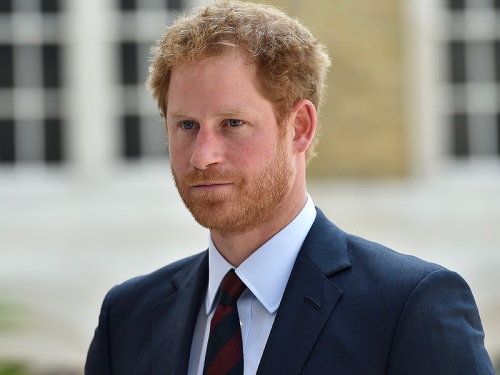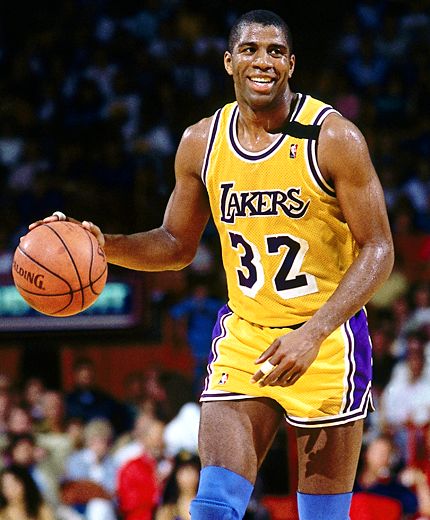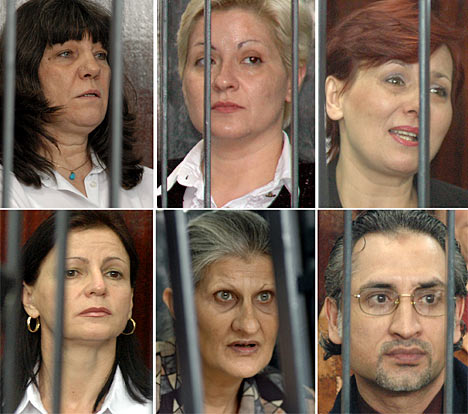
In 1993, Gideon Mendel spent a number of weeks photographing the Broderip and Charles Bell wards in London’s Middlesex Hospital.

The Broderip was the first AIDS ward in London and was opened by Diana, Princess of Wales in 1987. This was the era before antiretroviral medications had become available, a very distinct and tragic time. All of the patients on the wards, many of whom were young, gay men, were having to face the terrifying prospect of an early and painful death.

During his time at the hospital Gideon followed the stories of four patients in particular – John, Steven, Ian and Andre. These two wards at The Middlesex Hospital were some of the few dedicated AIDS wards that existed in London, and even more unusual for their decision to open themselves to being photographed.

Considering the high levels of stigma and fear that existed at the time, the decision of these four patients to allow themselves, alongside their families, lovers and friends to be photographed was an act of considerable bravery.
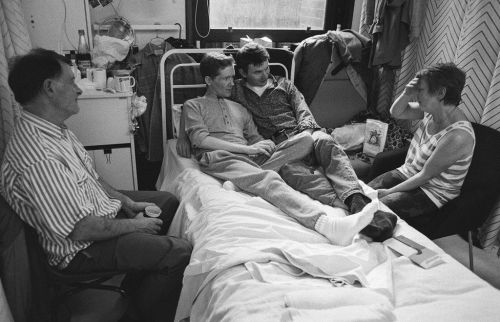
During his time at the hospital, he photographed their treatment and many other aspects of ward life, including the intimate way in which the staff, patients and their families related to one another.

Treatment was not a passive process, but rather an active engagement on the part of the patients, who were often extremely knowledgeable about their condition. The staff too became far more attached to their patients than was commonplace in hospitals at the time.
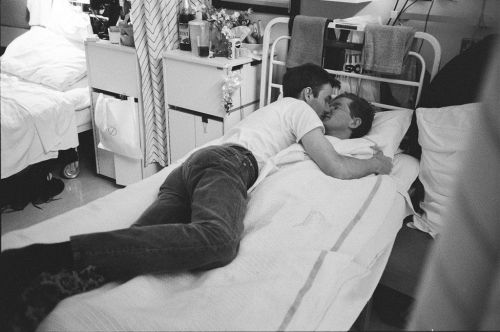
All of the patients in these photographs died soon after the pictures were taken. They were the unlucky ones, who became sick just before treatment became available.

The Ward poignantly reminds us of a different time, how it felt to live with HIV when it was considered a veritable death sentence, and how the wards at the Middlesex Hospital became unique and special places full of love.

Mendel’s project aimed to move away from the representations in the popular media at the time, which he believes tended to show the horror of the illness.
“The work is gentle and compassionate and loving, and the intention was to try and move away of images of people living with HIV as being emaciated, dying skeletons,” he says.
“I was trying to show relationships and show the love.”
“The Ward” Photo Book is available to buy from World AIDS Day, 1st December 2017 – ISBN: 1907112561

Thanks for reading, let us know what you think in the comments below, or you can find us on Facebook, Twitter or Instagram!




